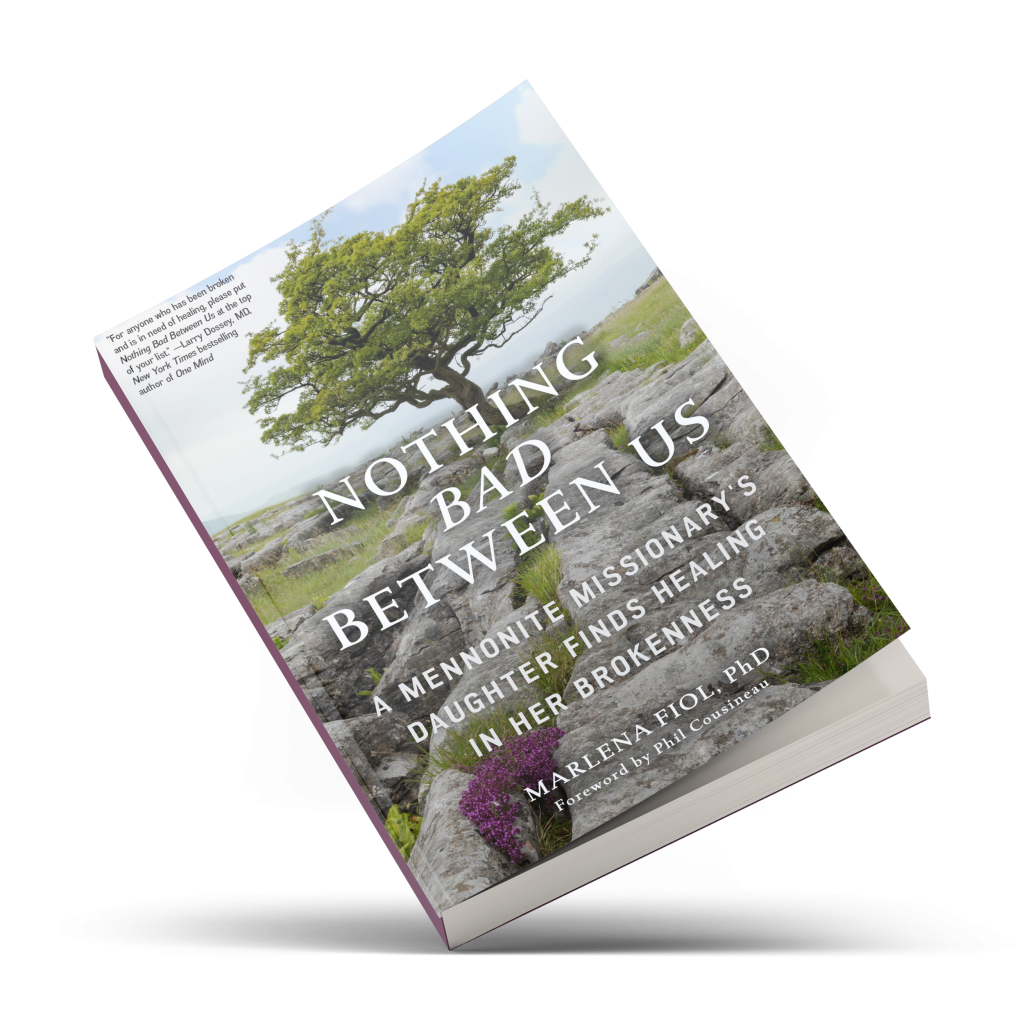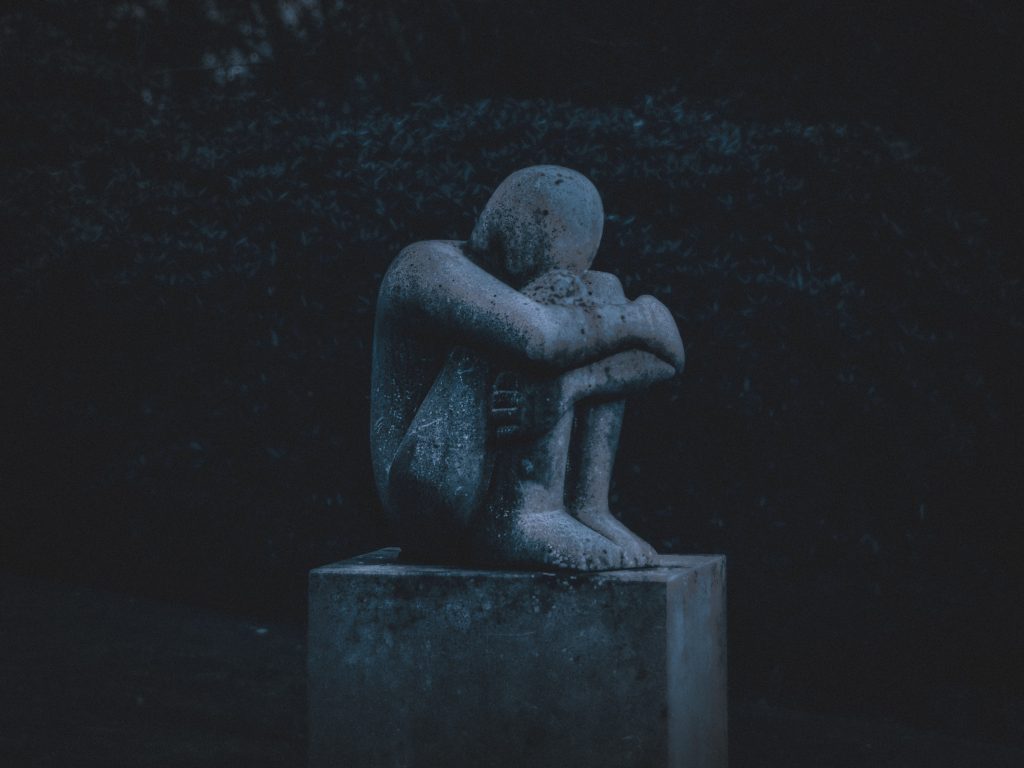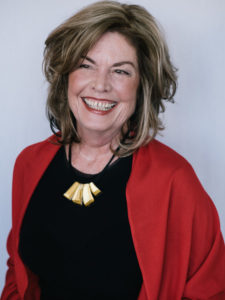Welcome to Our New Series:
Choosing Compassion Over Fear
My own personal journey from a rebellious and tortured childhood to eventual healing and reconciliation depended on gradually learning to choose compassion over fear. You can read about it in my new book Nothing Bad Between Us, which is now available for preorder.

Activating Grief
by Kim Colegrove

The abandonment and loss I’ve experienced in my life caused me to cultivate a belief that I could never fully depend on or trust others, because the people who were supposed to love, support and care for me the most, had not, and this left me feeling unwanted, unworthy and unloved.
When I first met David, the man who would become my second husband, I was guarded, to say the least. I made sure he understood that I did not need a man in my life, and that I in fact didn’t really need anyone.
My attempts to hold David at arm’s length were futile and short-lived. We quickly developed a deep friendship and a love for each other that felt ancient, but somehow always new. I felt protected and truly loved. I trusted him, and I let him into every corner and crevice of my life.
Those years with David were, in some ways, very healing to my soul. I knew he had my back and I was sure he would never leave. But, on the Saturday after Thanksgiving in 2014, David drove to the back of our neighborhood, parked his truck on an empty street, and took his own life.
Anyone who has experienced grief knows about the stages: denial, anger, bargaining, depression and acceptance. In my anger stage, I felt betrayed and abandoned by David. My husband’s choice to end his life triggered all of my insecurities. That stage was terrible and lasted a very long time. But eventually, I was able to make my way to acceptance, and that’s what I’d like to focus on.
Discovery
Arriving at a place where I could accept my husband’s decision to end his life meant embarking on a journey of discovery. As I set out to uncover the root cause of David’s death, I unintentionally excavated a collective phenomenon that deactivated my anger and self-pity and changed the trajectory of my life.
David retired from a 30-year law enforcement career less than three months before ending his life. He was a police officer for eight years, and a federal agent for 22. I knew my husband carried a tremendous amount of pain and that he had endured horrific things, especially during his years in a patrol car. But what I didn’t know was just how profoundly those experiences had impacted him.
As I educated myself about trauma and suicidal ideation, I learned that we lose more police officers and firefighters to suicide than line of duty deaths, and that the people in these professions are regularly exposed to and affected by the trauma of others. This type of trauma is sometimes called secondary trauma.
I discovered that first responders commonly suffer with mental and emotional issues, addiction, and alcoholism, and that they are choosing suicide at an alarmingly high rate. Why? Because of what they see, hear and endure on a daily basis. Many first responders witness more violence, dysfunction, abuse, neglect, and death in one shift than most of us will see in a lifetime, and sadly, these professions have not traditionally acknowledged the mental and emotional fallout that occurs as a result.
I was starting to understand what had happened to my husband, and now I knew he wasn’t the only one.
Acceptance
As I connected these dots, and linked them back to my husband, the acceptance began to settle in. David didn’t abandon me. His death had nothing to do with his love for me. He was suffering.
I knew my husband had struggled off and on with anxiety and intermittent bouts of mild depression. But in the months leading up to his retirement, he had become despondent. As David made his transition into civilian life, the internal accumulation of unprocessed trauma broke loose and rushed to the surface, rendering him incapable of coping with the consequences of decades of silent suffering.
For a while, I felt guilty about missing signs and red flags, and for not being able to help my husband. At some point, however, I allowed grace to surround me and I forgave myself. I accepted the fact that David was gone and that no amount of guilt or grief was going to change that.
Activation
I knew that I couldn’t turn back time and change my circumstances, but I started to believe that maybe I could share what I’d learned and help others avoid a similar fate. I sought out opportunities to reach first responders and discuss mental and emotional wellbeing. I began teaching them about meditation and mindfulness and suggesting they seek out other holistic wellness tools. I turned up the volume on the conversation about suicide and I spoke out against the stigma surrounding mental and emotional health.
I told my story. I started a movement. I wrote an article, I formed a company and I wrote a book. I activated my grief and I put it to work for the greater good.
Now, my life is dedicated to serving those who serve society and I’m determined to help put a stop to their silent suffering.
How to Get Started
We can let grief marinate and stagnate inside of us, or we can gather it up and mold it into a tool for repairing our broken parts. The inspiration to activate grief and transform it into something useful and empowering comes from pain. Unfortunately, there is no way around, over or under the pain. But once you go through it, you’ll find you can use what you’ve experienced to help lessen the suffering of others, and in doing so, you bolster your own healing.
Sometimes we help others just by setting an example, meaning you don’t necessarily have to start a movement or take massive action. By simply allowing yourself to process through grief, and taking care of yourself as you do, you set a powerful example for others. If you feel inspired or motivated to activate your grief, here are some ideas:
Tell your story.
Sharing and connecting with people honestly and openly is one of the most effective ways to inspire and uplift others and heal yourself along the way.
Look for what’s right.
Reflect upon your experience and the people, places, circumstances, services, and support that were invaluable to you. Then find ways to get involved with, help and enhance those things.
Look for what’s wrong.
Review what you’ve endured and identify where circumstances could have been better. Then find ways to contribute to improving those circumstances for others.
Helping others is sometimes the very best way to help ourselves.
About Kim
Kim Colegrove is a veteran meditator and speaker with over 40 years of experience. She is the creator of PAUSE15 Meditation and Learn to Pause Mindfulness Training, and the founder of The PauseFirst Project: Mindfulness for First Responders.
Colegrove’s expertise in meditation has benefited individuals and corporations across the country, including Garmin International, The National Court Reporters Association, Department of Veterans Affairs, United Way, and others.
Click here to order Kim’s latest book, Mindfulness For Warriors: Empowering First Responders to Reduce Stress and Build Resilience.
Choosing Compassion Over Fear
Join Me
If you wish to engage with me in exploring ways we can move toward compassion rather than fear, I invite you to tune in at marlenafiol.com for bi-weekly blog posts and podcast episodes covering a wide range of perspectives, from finding your true calling, to healing estranged family ties. Participants include Jonathan Reckford, CEO of Habitat for Humanity, and Tom DeWolf, Program Manager of Coming to the Table, among many others. The series begins on September 21, 2020 and will run through the first week of December.
Remember, we are together on this journey.
— Marlena



